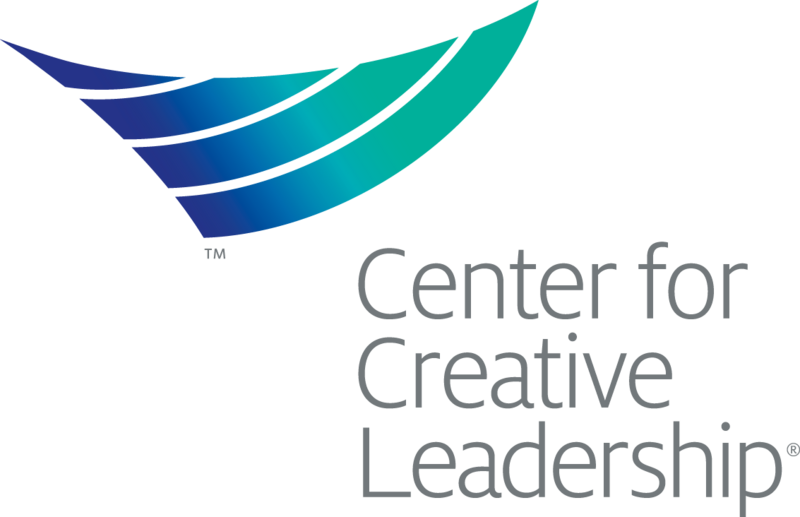ATD Blog
Create a High-Performing Hybrid Workforce Through Stronger Communication
Wed Oct 13 2021

Necessity, as they say, is the mother of invention. In early 2020, organizations around the world faced the necessity of shifting to remote work due to the COVID-19 pandemic. Now that many are starting to return to the office, organizations are inventing new ways of working, often in a hybrid of in-person and remote options. And it looks like it’s here to stay.
The hybrid workforce isn’t entirely new, of course. For decades, organizations have had a mix of in-office and remote workers. But it hasn’t been ideal. Remote workers often expressed frustration at feeling like outliers on conference calls when most participants were in the office: it could be challenging to hear, difficult to get the group’s attention, and hard to read the room or contribute to the discussion.
For many of these already-remote employees, the pandemic was an equalizer. Everybody was calling in from somewhere, so the meeting experience felt more inclusive. Productivity soared as teams learned to collaborate virtually and take advantage of more flexible work hours.
While the shift to virtual work may have been precipitated by the emergency work-from-home measures in 2020, plans for the new hybrid workforce are becoming less reactionary and more deliberate now.
Why Communication Is Key
How can leaders keep and build upon the virtual collaboration when some employees are in the office and some are remote? By having better conversations.
Conversations are simple but not easy. They’re how strategies are agreed upon, how managers direct their teams, and how employees interact with customers. Improving the quality of the conversations in your organization can shift the culture and accelerate positive business outcomes. Conversely, poor quality conversations hinder the best strategies, frustrate and demotivate high-performing talent, and impede organizational success.
Four Skills for a Successful Hybrid Workforce
Fortunately, better conversation skills can be learned. Our 2019 study examined data from 1,852 leaders, comparing their performance on various behaviors measured on a 360-degree assessment (as rated by their peers) against their perceived effectiveness by their manager. The research found that four specific skills can improve the quality of conversations and lead to better outcomes across the organization. In fact, people who practice all four of these skills are rated as more effective by their superiors than those who don’t.
Listening to understand. Listening to understand goes far beyond “active listening” skills and focuses on the idea that there are multiple levels of information we must tune into during conversations. Stronger and more robust solutions to business challenges emerge when people are really listening to understand one another.
Asking powerful questions. Though it sounds simple, there is an art and a science to asking questions. Powerful questions do more than create mutual understanding about the facts. They can help uncover insights that take people beyond their original understanding of a topic or issue.
Challenging and supporting. The real art of conversation, informed by neuroscience, is balancing an appropriate mix of challenge and support. When that ratio is right and practiced in an authentic rather than formulaic way, challenge is received and fosters more constructive dialogue rather than triggers defensiveness.
Establishing next steps and accountability. The goal of a conversation is always that those involved walk away with a shared understanding of what they discussed and that those conversations lead to actions and create positive change. Connect conversations to actions by establishing next steps and accountability to ensure that the value, insights, and decisions created by a better conversation aren’t lost.
Build a Culture of Communication at Your Organization
While the shift to a hybrid workforce may present new challenges to collaborate and get work done, strong communication skills can strengthen your culture and become your competitive advantage.
Imagine a thriving hybrid workplace where your team members are communicating effectively and efficiently. By focusing on improving the four core conversational skills and holding Better Conversations Every Day™, you can create a scalable path to enhanced organizational culture and greater overall performance.
You've Reached ATD Member-only Content
Become an ATD member to continue
Already a member?Sign In

